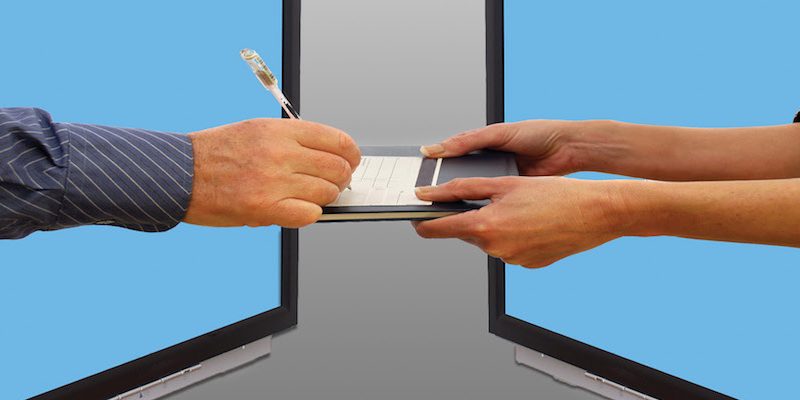One of the challenges of living in an increasingly digital world that still operates with methods designed for paper is that we frequently need to submit paper (or virtual paper) documents with our signature. Without going into a history of proofs of identity and their legal basis, and much less alternative methods to establish identity with digital technologies, I want to offer some basic tools to improve our ability to electronically sign and submit a document or form:
- One way of doing this is by printing out the document, signing it, and then scanning it or taking a photo. If you don’t have a scanner, however, a plain old photo can frequently vary in quality, size, resolution, and so on. If you’re going to use a smartphone to take the photo, I recommend an app called Office Lens, which is available for, Windows, iOS, and Android. When you photograph a document (or whiteboard!) with this app, it automatically fixes perspective and cleans up the photo so it displays as legibly as possible. You can then export it as a photo or PDF (recommended), and save or send it.
- Another solution is to sign the document electronically using your PDF reader on your computer. This article explains how to set up an electronic signature in a few simple steps, using Adobe Acrobat Reader or Preview (on Macs).
- If you are writing a letter with a word processor and need to produce a PDF version (which you can then sign electronically), you can use Google Docs and download it as a PDF, or read this article for other solutions.
I hope this is useful for the next time you need to submit a document electronically.

